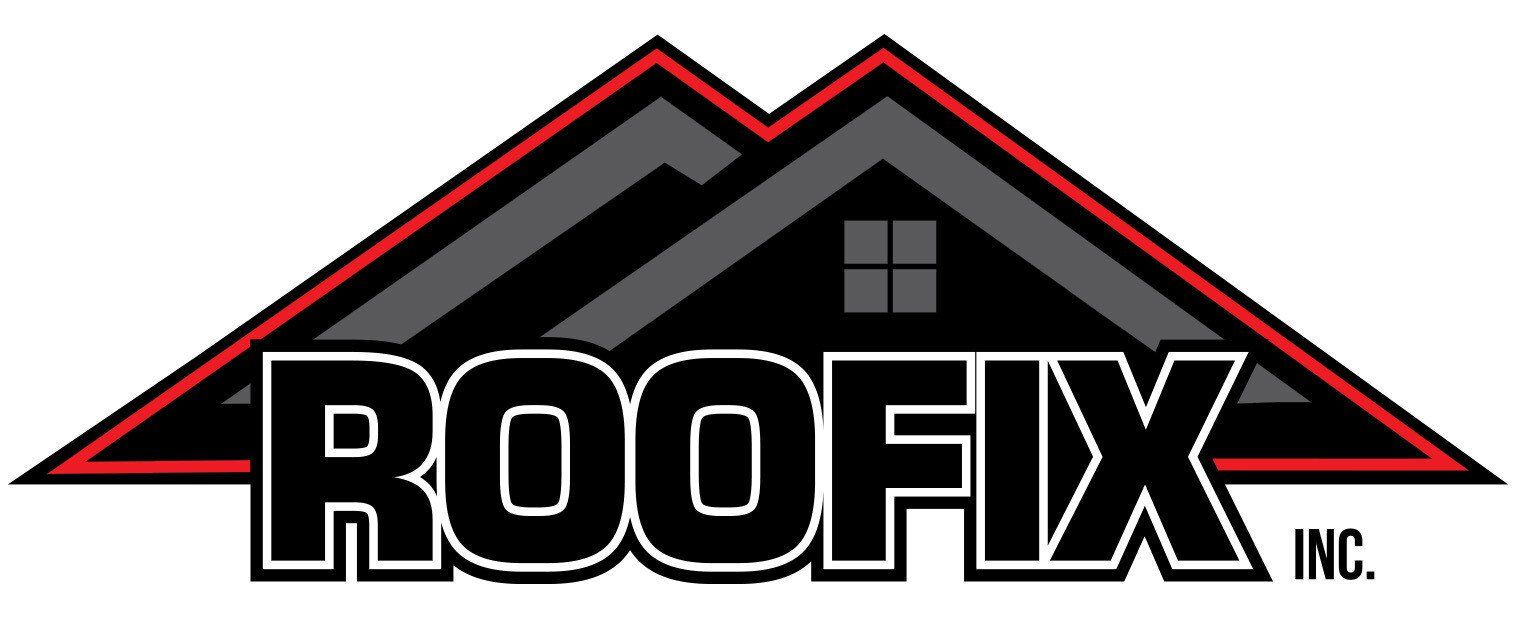The Anatomy of a Roof: Understanding the Components
A roof is not just a single layer of material that shelters us from the elements; it's a complex structure made up of various components, each with its unique function. Much like how understanding human anatomy helps medical professionals diagnose and treat illnesses, having knowledge of your roof's anatomy can help you identify issues, perform necessary maintenance, and communicate more effectively with roofing professionals. In this post, we'll dissect the typical roof and get to know its various parts.
Roof Decking (or Sheathing)
Function: This is the foundation layer upon which everything else is built. Made typically of large sheets of plywood or OSB (oriented strand board), the roof decking provides structural integrity.
Underlayment
Function: Positioned directly on top of the decking, the underlayment is a water-resistant or waterproof barrier that provides an added layer of protection against moisture and the elements.
Roof Covering
This is the topmost layer and is what most people think of when visualizing a roof. There are various types of roof coverings:
- Shingles (Asphalt, Wood, Slate, etc.)
Function: They protect the under layers from water, UV rays, and other external elements. - Metal Roofing
Function: Sheets or panels that provide a durable and often reflective surface. - Tiles (Clay, Concrete, etc.)
Function: Heavy and durable, tiles offer protection and aesthetic appeal.
To learn more check out The Different Types Roofing Materials: Pros and Cons.
Flashing
Function: Typically made from metal, flashing is used to divert water from areas where it might collect, such as valleys or the intersections between the roof and structures like chimneys or dormers.
Roof Vents
Function: Vents allow for airflow, helping to manage temperature and moisture levels in the attic or the space beneath the roof. Proper ventilation prevents issues like mold growth and wood rot and can extend the life of your roof.
Drip Edge
Function: A drip edge is a metal strip along the roof's edge, guiding runoff into the gutters and protecting the underlying fascia from water damage.
Eaves & Soffits
Function: Eaves are the roof edges that overhang the house's walls, while soffits are the finished undersides of these eaves. Both aid in ventilation and protect the house from water and pests.
Fascia
Function: This is the vertical edge that connects the eaves to the roof. Beyond its aesthetic function, the fascia also supports gutter structures.
Ridge Cap
Function: Positioned along the peak of a roof, ridge caps are specialized shingles that provide both protection from the elements and a finished look.
Valleys
Function: The valley is where two sloping roof sections come together. Properly designed valleys ensure effective water runoff, preventing water from pooling or seeping underneath the roof covering.
Rafters & Trusses
Function: These structural components support the roof decking and transmit the roof and its additional loads (like snow) to the building's exterior walls.
The complexity of a roof's anatomy ensures our homes remain safe, warm, and dry. Understanding these components can empower homeowners to detect issues early, maintain their roofs more effectively, and communicate their needs clearly to professionals. Remember, a well-maintained roof isn't just about the covering; it's about ensuring each component functions harmoniously. If ever in doubt about the health of your roof, it's always best to consult with a roofing expert.
